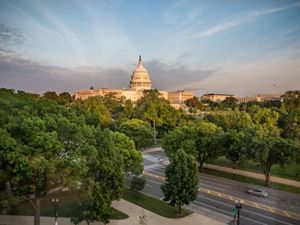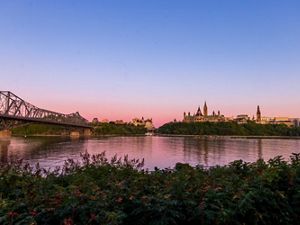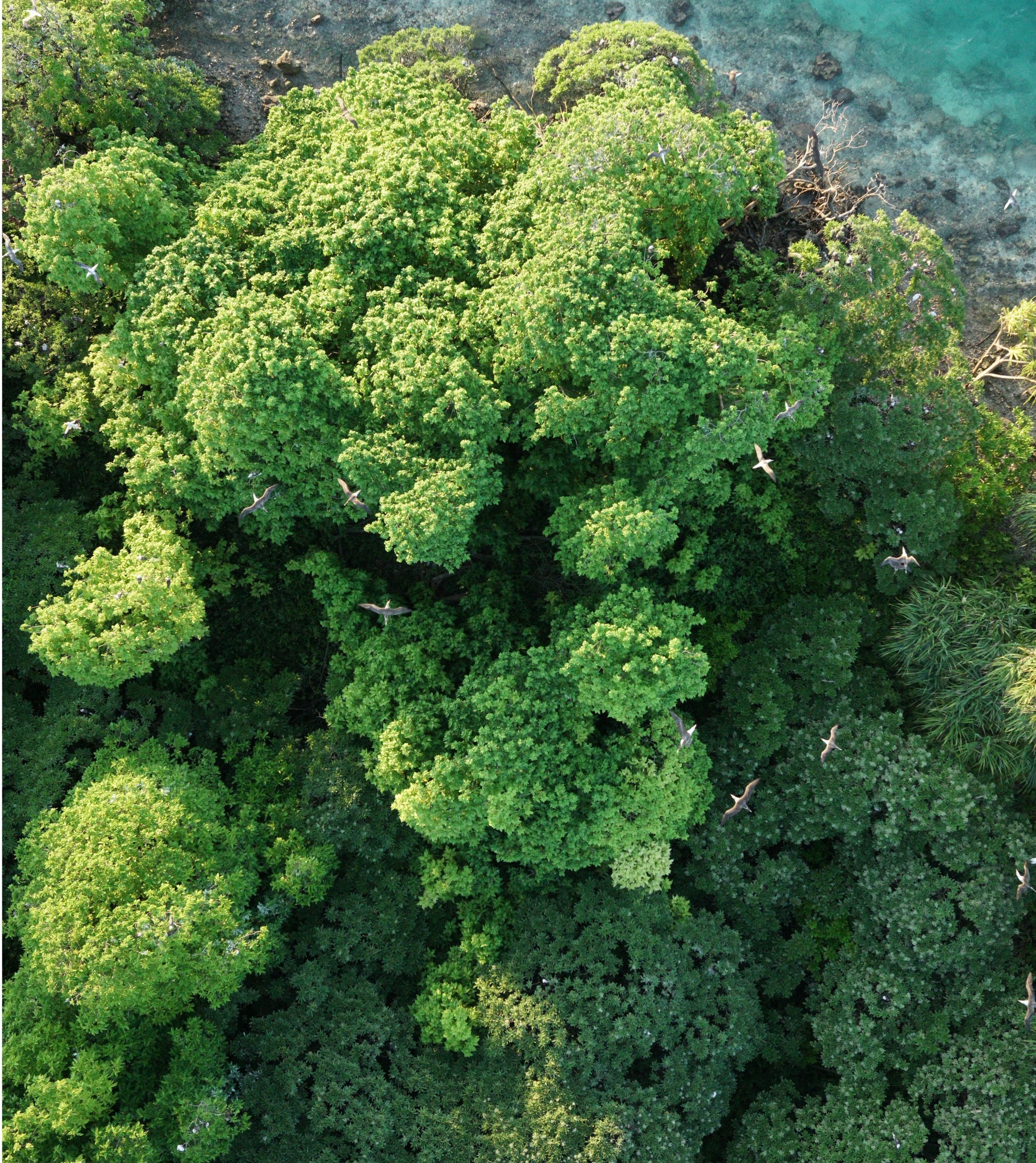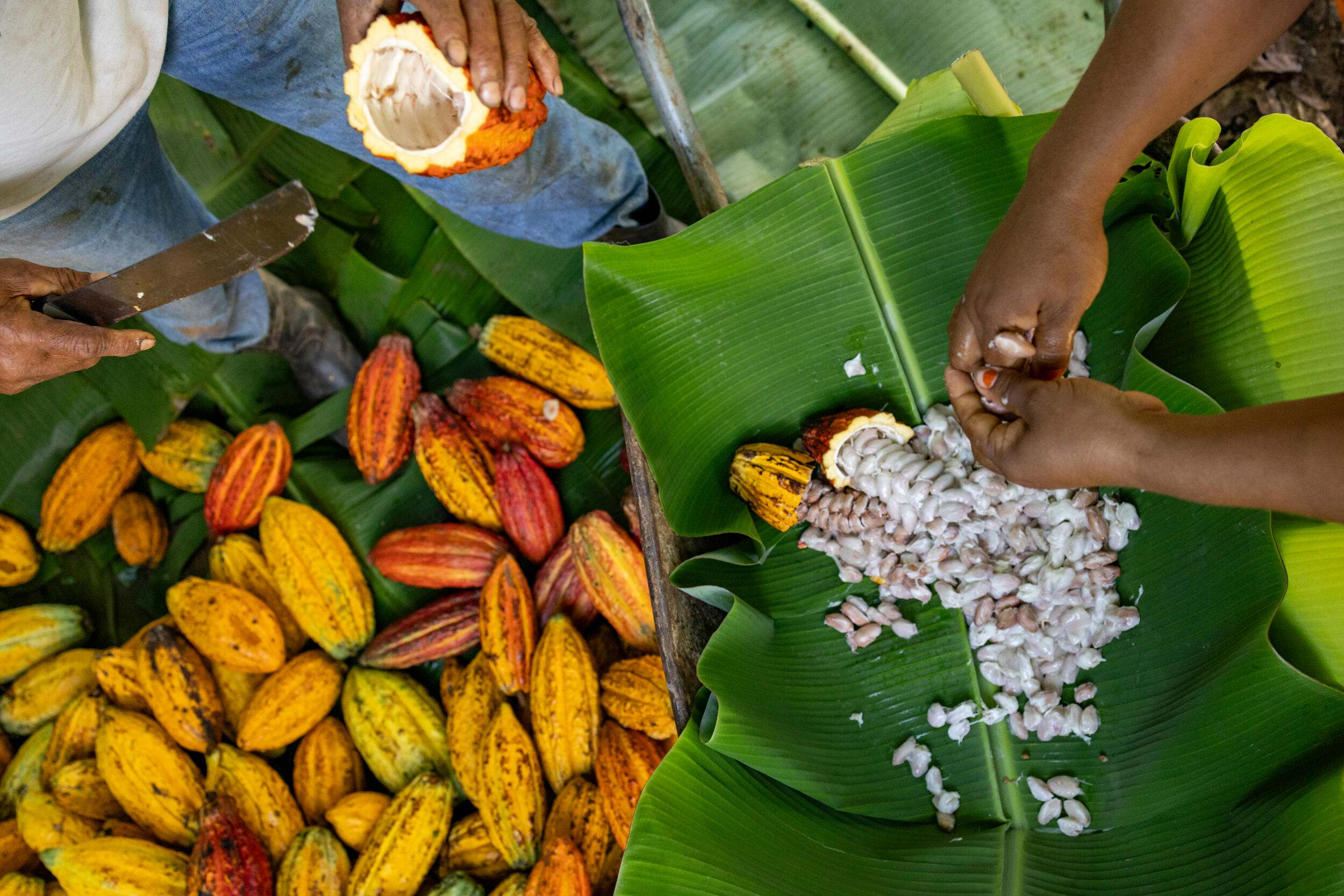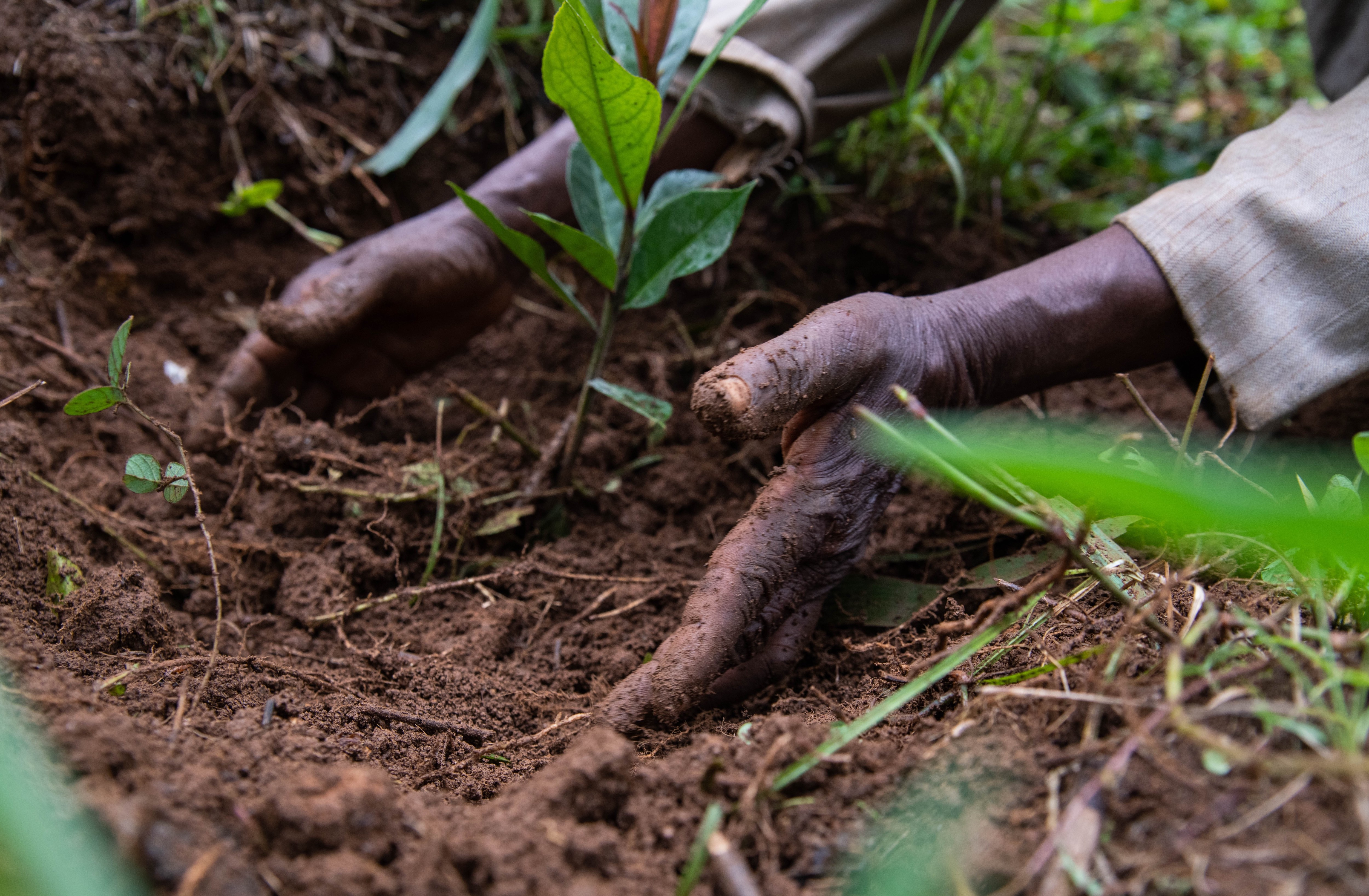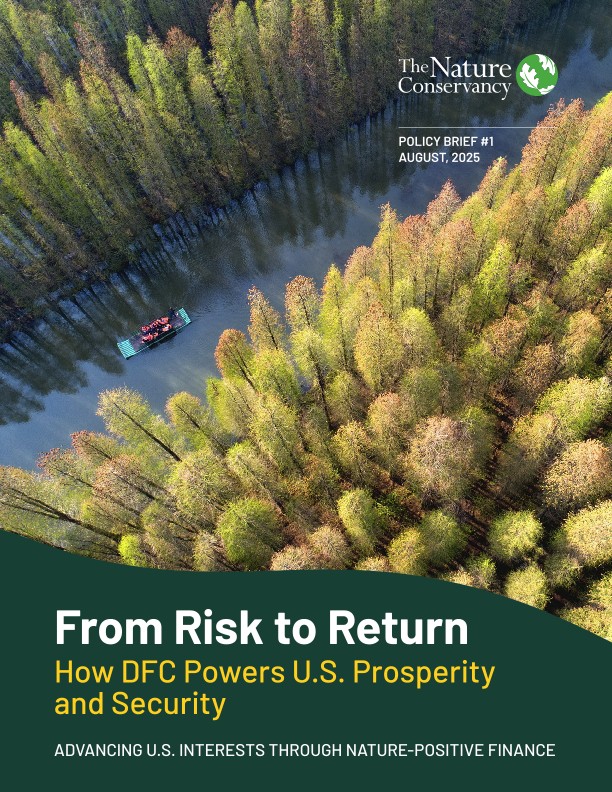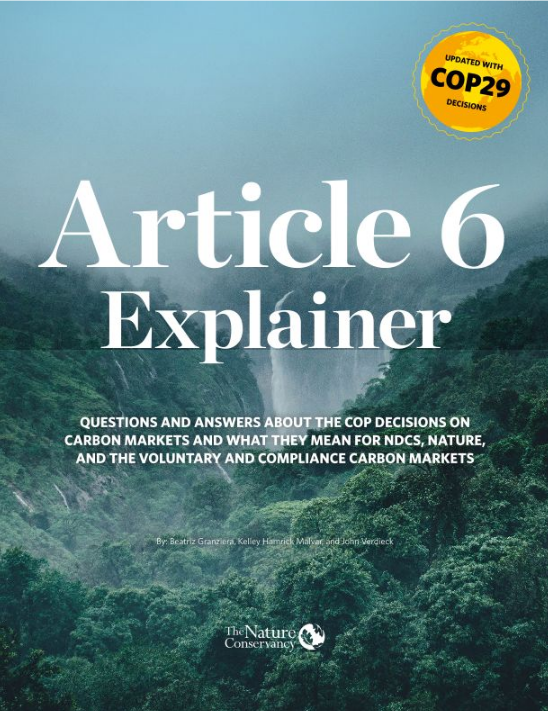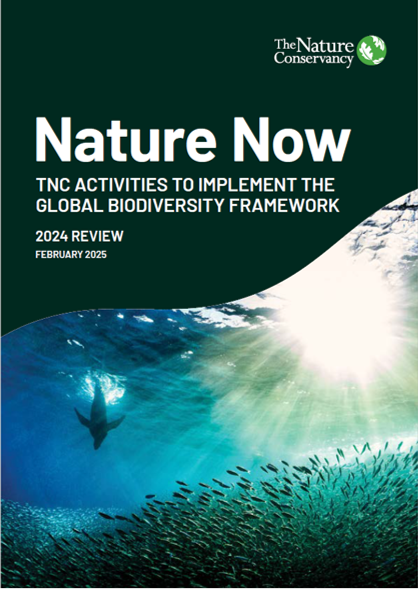São Félix do Xingu, Brazil An aerial view showing deforestation for cattle ranching at São Félix do Xingu, a municipality in the Brazilian Amazon, that has one of the highest rates of deforestation in the country. Understanding that conversion to agriculture and cattle ranching is the greatest threat to the Amazon rainforest, the Conservancy works in strategic municipalities of the Brazilian Amazon such as São Félix do Xingu to implement strategies to control deforestation and promote the responsible production of soy and beef among farmers and ranchers. São Félix do Xingu is also one of the focal areas for the Conservancy's work on demonstrating how REDD programs can work on the ground.
© Haroldo Palo Jr.

